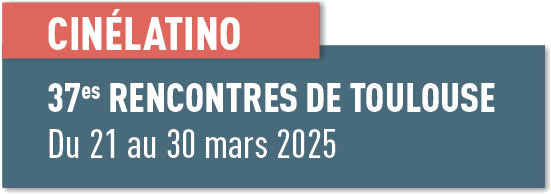Selection:
Réalisateur:
Pays:
- France
Format:
Type:
Film présenté à Toulouse:
-
Casting prévu:
-
Scénariste:
Synopsis:
Most of the times discussions about French Guiana are related to nature issues, ecology, illegal immigration, gold diggers, or even space rockets launched from Kourou. Authors Nicolas Pradal and Pierre Selvini offer to share the simple life of an American Indian village, Talwen, where live the Wayana people, descending from Caribean Indians.
They chose to approach the subject through education, which allows us to have a better understanding of the gap between the original culture and the French culture, represented here, thousands kilometers away from the mother country, by the village primary school, Maripasoula’s secondary school and Cayenne’s highschool. The uprooting of the Wayana children, who must follow their education in the nearest city, contribute to accentuate the conflict between tradition and modernity, making the latter more significant, at the expense of the deep roots of this people.
Authors have also chosen to evoke several changes lived by the Wayana: neighbor conflicts about gold washing, quick westernization of habits, but also resurgence of interest for their original culture, probably in order to protect themselves and ensure the survival of founding myths. We feel concerned for the theme suggested in the documentary: the life of overseas French people. And if only 1500 Wayana Indian live today, what is their future, and the future of this faraway territory?
Concept visuel:
This movie in its globality will look like a child’s travel. A journey through time that will construct an abounding documentary. Different atmospheres will contribute to create a mix of sensations, feelings, a perfect image of the tumult in the current situation of the Wayana. We want to choreograph actions and different materials around the preparation of Kachiri, one of the still ubiquitous cultural events of everyday life, in order to fit them into a concrete reality and a temporal unity. Inside this diversity lives full of movement develop. With simplicity we enter those of Derrick and Stephane. Fictional scenes will reinforce their interactions with reality. Finally, two villagers’ knowledgeable points of view will bring distance with the movie.







